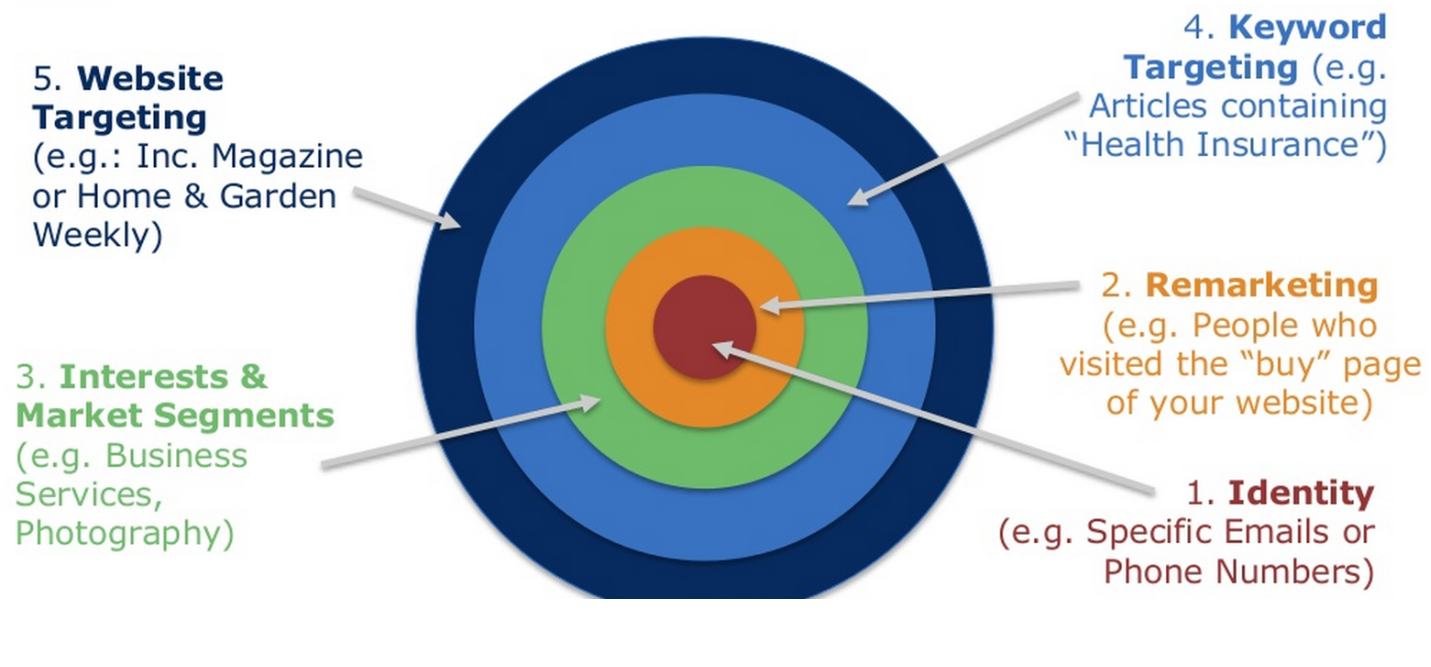Written By: Christy McNeil
Downtime is a reality of working on the web. Your site’s going to go down, be it due to regular maintenance or problems on the server end. When the server goes down, your incoming traffic will grind to a halt. Your business will take a financial hit, and you need to know how to manage that impact. What’s even more important, though, is that you understand exactly what downtime does to your business – and how it can impact the process of SEO.
1. Reducing Your Customer Base
The most obvious impact of downtime is that it keeps people from using your site. While the mention of SEO issues will likely turn your mind to rankings and data, it’s important to remember that the real impact of an unusable website is that you can’t make money off of the site. It doesn’t matter if you’re looking at an eCommerce site or a simple landing page that gives customers your address, a website that’s down is one that can’t be used.
Taking things a step further, an unusable site is also a site that drives users to your competition. Since a major factor of SEO is how people use a website, every click you drive away is one that can allow a competitor’s site to shine. While a single instance of downtime is unlikely to have much impact on your rankings, multiple failures can help your competition move up the search page.
2. Making an Awful Impression
When you get into the nuts and bolts of SEO, you’ll realize that the ways your customers interact with your site are vitally important. The more time they spend on your site, the better. If they immediately leave your site, they’ll have a negative impact on what’s called a ‘bounce rate’. You want to make sure that your customers spend a reasonable amount of time on your site – failure to do so will send you down the Google rankings page and back into obscurity.
As you can imagine, a downed site isn’t great for your bounce rate. You’ll not only have customers bounce away quickly, but you’ll keep them from ever coming back again. A customer who visits your site for the first time when it is down is unlikely to ever come back. After all, the customer may simply assume that your website no longer works. If you want to keep the customers coming, you’ve got to provide them with a good reason to come and visit.
3. Cutting Down on Content
When your website’s down, your customers aren’t the only ones who are impacted. You can’t use your site, and that can have a whole host of problems. One of the issues you might face is an inability to provide content in a timely manner. This failure isn’t just a minor issue, either – while a minor disruption of your schedule might seem like something that can be overcome, it actually breaks the flow of your customers’ interactions with your site.
If customers assume you will post new content on a regular basis, they may think the content has come to an end when you aren’t able to keep the relationship moving forward. This will lead them to look elsewhere for content and put your visitor numbers down. This can also have a huge impact when you rely on regular content updates for business purposes – failure to post about a big sale might bring your real-world sales numbers down, for example, and failure to address a major news issue may send your site spiraling into a world of irrelevancy in an up-to-the-minute news cycle.
4. Eliminating the Electronic Factor
Users aren’t the only ones who can be burned by your site’s downtime. Because so much of the heavy lifting of SEO is done by computer programs, a downed website can wreak havoc on the algorithms that rank your site. When your site goes down on a regular basis, it’s harder for Google to figure out exactly where it should be ranked. This leads to websites falling in search position and eventually can even lead to sites falling off the first page. There’s no mercy when it comes to these programs, and they’re even less understanding of your technical problems than the average user.
Bottom Line: Choices You Can Make
Perhaps the most important thing to remember is that you have options to manage your downtime. While you shouldn’t expect to be able to predict every emergency, you can take steps to reduce their impact on your business. The first, and most important, step is to get a better host. Having a good managed VPS web hosting solution will allow you to reduce your overall downtime and feel secure that someone is always working to keep your site up. With the right hosting solution, you won’t have to worry about excessive downtime.
Always make sure that your downtime is well-managed. Knowing what to do when the server is down is one of the most important SEO factors about which you must learn. A little preparation can go a long way, and making the right moves ahead of time can help you to preserve your search rankings.
About the author: Christy is a content strategist. She is lucky enough to have been given the opportunity by her employer to work remotely which helps a lot in building work productivity. Apart from her marketing expertise, Christy always enjoys reading good books and traveling.




Great article, Christy. In my opinion, first impression and website functionality are crucial to grab your visitor’s attention and boost conversions.
Bounce rate these days is one of the biggest key factors in my oppinion as it plays a critical role in time spent on a site. Too fast a departure after landing on the site just equals fast downwards rankings. Even with mobile load times couple together with poor bounce rate would have a powerful impact on rankings.
Good post